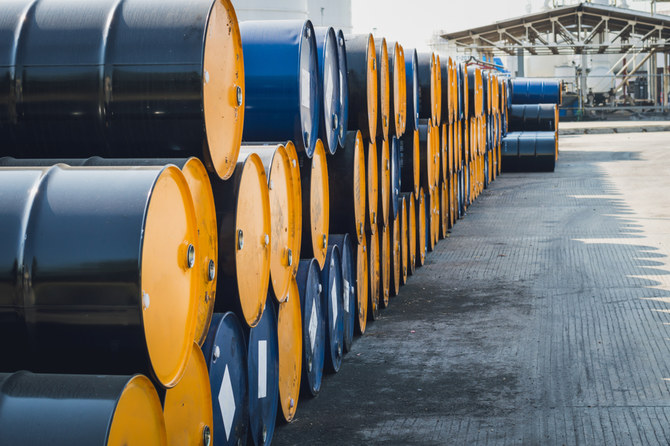
Oil prices continued their decline last week, with the market adversely affected by global financial turmoil, slowing growth and deteriorating liquidity.
The week ended with losses of about $5 per barrel — the steepest decline in three years — with prices now around $33 lower than three months ago.
The recent OPEC+ deal — in which the producer group and its allies agreed to cut oil production by 1.2 million barrels per day from January — is not yet reflected in the movement of future prices. However, it is effectively reflected in the physical market, where Brent has flipped back into backwardation after being in contango since early November, amid the US sanctions waivers on Iranian oil exports.
The oil price fall at the end of this year triggered speculative short positions and an enormous sell-off in the US stock markets ahead of New Year holidays. That came simultaneously with the US Federal Reserve’s interest rate increase, which intensified the equities sell-off.
Some market participants have suggested that the market might not be in equilibrium as we go into the first half of 2019, with the supply and demand balance in question, given the anticipated slowing global economy — which could affect oil demand.
The oil price fall at the end of this year triggered speculative short positions and an enormous sell-off in the US stock markets ahead of New Year holidays.
Faisal Mrza
Despite the growth of US shale, S&P Global Platts reported that the 2019 capital budgets for some of the upstream operators in the Permian basin have been slashed, something attributed to the recent plunge in oil prices. Therefore, supply shortages following the upstream capex cut will offset any slowdown in oil demand.
The broader picture, however, is that oil demand growth rates are at historic highs. And if oil prices continue falling further, there will be a world oil crisis in a few years, with a serious oil supply shortage. Despite Brent trending above $70 per barrel for most of 2018, upstream investment has been lacking — except by Saudi Arabia, the only swing producer and the largest oil exporter.
Faisal Mrza is an energy and oil marketing adviser. He was formerly with the OPEC and Saudi Aramco. Twitter:@faisalmrza
Disclaimer: Views expressed by writers in this section are their own and do not necessarily reflect Arab News" point-of-view











